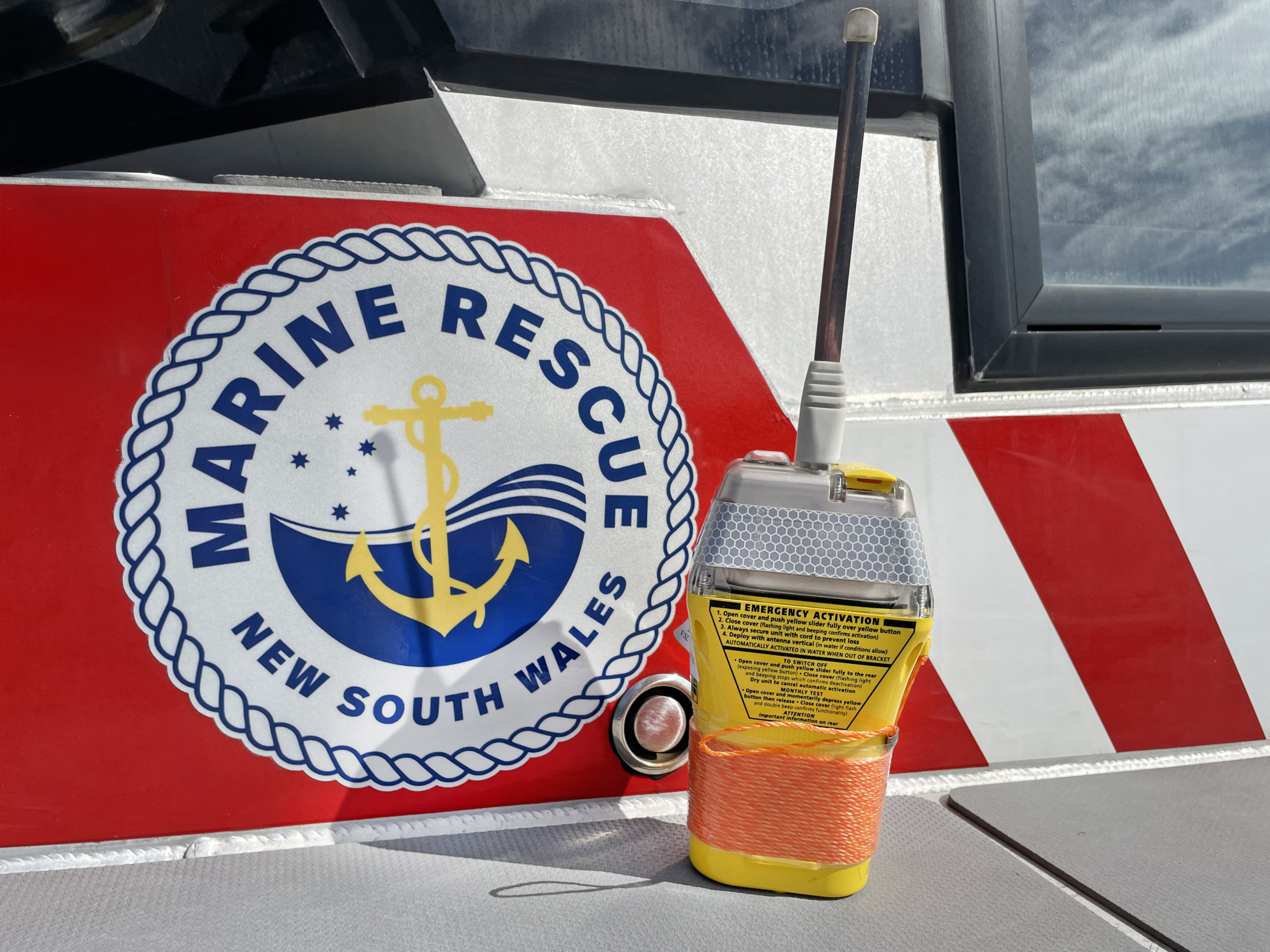
Three boating safety experts share some key advice to help you stay safe when you’re headline offshore.
Storm Eastley, Senior Recreational Boating Safety Officer, Marine and Safety Tasmania (MAST).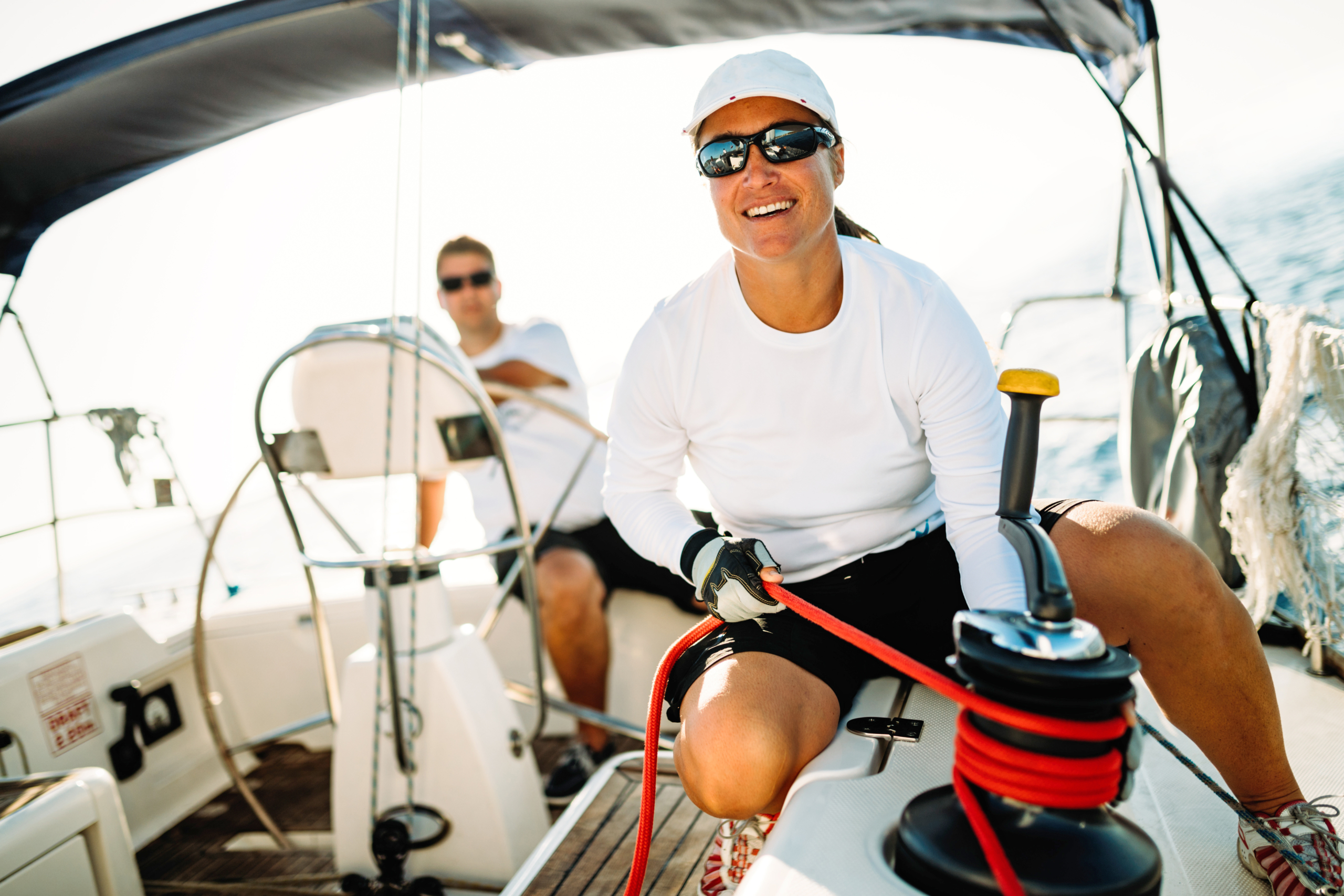
Offshore boating is incredibly rewarding, whether you’re chasing big game fish or simply enjoying the vastness of the ocean. But being far from shore also means being far from help. Preparation and caution are essential as the ocean doesn’t forgive complacency. With the right preparation, equipment and mindset, you can enjoy the rewards of offshore boating safely. Never underestimate how quickly conditions can change – and never assume help is just around the corner.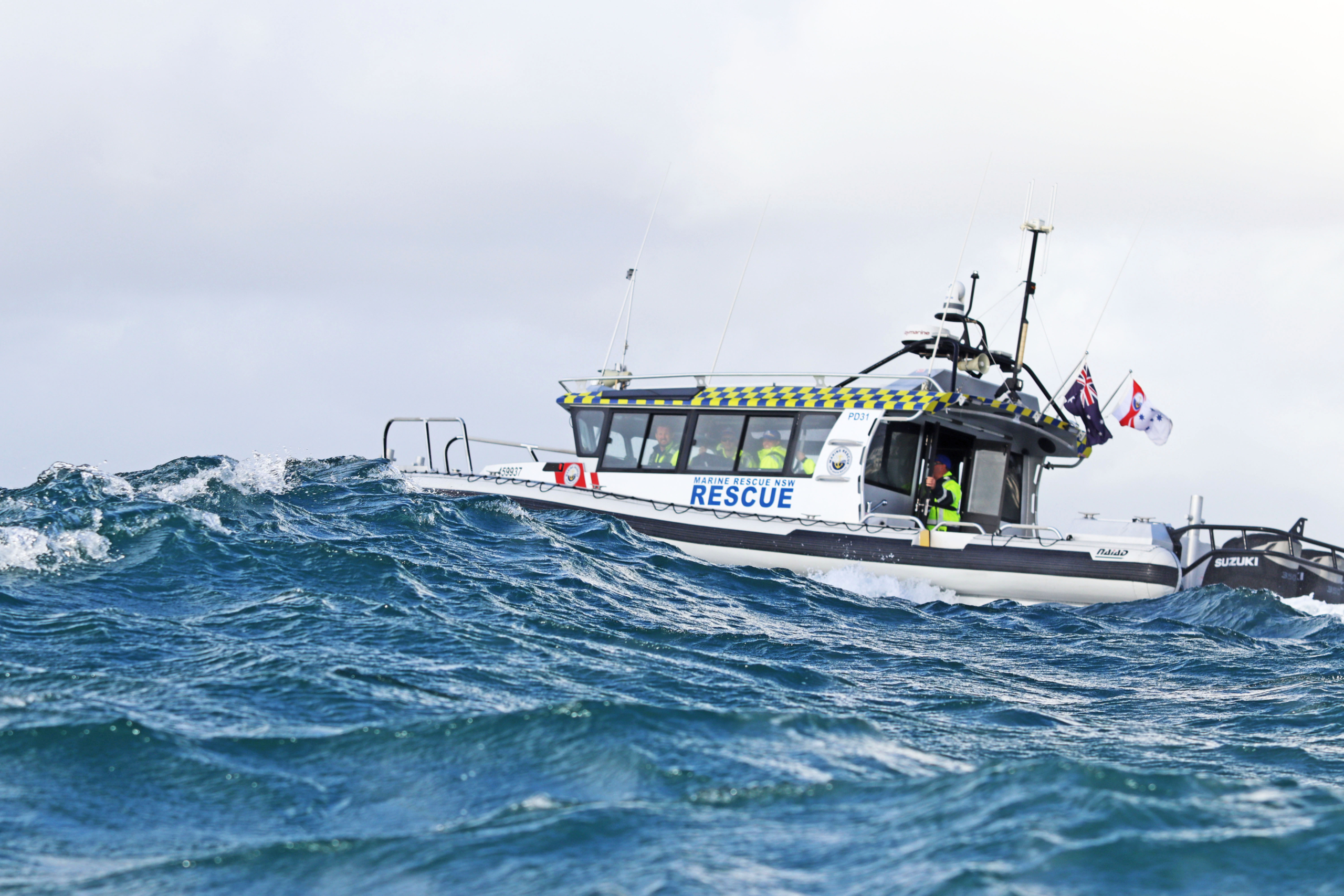
- Prepare thoroughly before you go. Before heading offshore, ensure both your boat and your plan are in order. Fuel is critical – always carry enough for the return trip, plus at least a 30 per cent safety margin. Check that your engine, batteries, and electrical systems are in good condition. Don’t overlook your bilge pump, steering, or fuel filters. Plot your course and note safe anchorages or alternate routes in case you need to return quickly. Most importantly, tell someone onshore your trip plan – where you’re going, who is on board, vessel details, and when you expect to return. If you get into trouble out of phone or VHF range, having someone who knows your plan could mean the difference between rescue and disaster.
- Conditions offshore can be very different from what you see at the ramp. With no shelter nearby, even a modest change in weather can become hazardous. Check forecasts from multiple reliable sources in the lead-up to your trip, and don’t just look at wind speed – consider swell height and direction, wave period, tides, and currents. Pay attention to weather warnings and changing patterns. Remember, the further offshore you go, the fewer your options if the weather turns. If the forecast raises any doubts, reconsider your plans.
- Offshore, you need to be self-sufficient. The further out you go, the more safety equipment you should carry. Pack a grab bag with flares, a torch, an EPIRB and a VHF radio, and always wear your life jacket. Bring extra food, water, a first aid kit and dry clothing in case the worst happens. If you have an auxiliary motor, make sure it can get you home – a set of paddles won’t help when you are miles offshore. Emergencies don’t wait for calm seas, so pack as if you may need to survive until help arrives.
- With no landmarks offshore, you rely entirely on your navigation equipment and your skills. Ensure your GPS and chart plotter are working and that your electronic charts are up to date. If visibility drops due to fog or adverse weather conditions, knowing your last logged position and how to track back is crucial. Record your location regularly and know how to navigate using a compass in case your electronics fail.
- Logging on with your local marine rescue, coastguard or volunteer radio station is a simple but effective safety step. Use your VHF radio to inform them of your destination, vessel details, the number of people on board, and your expected return time. They’ll keep a record of your trip and, if you fail to log off, will attempt to contact you and notify emergency services if needed. It’s free, quick, and adds an extra layer of safety – and it confirms your radio is working before you need it in an emergency.
Visit mast.tas.gov.au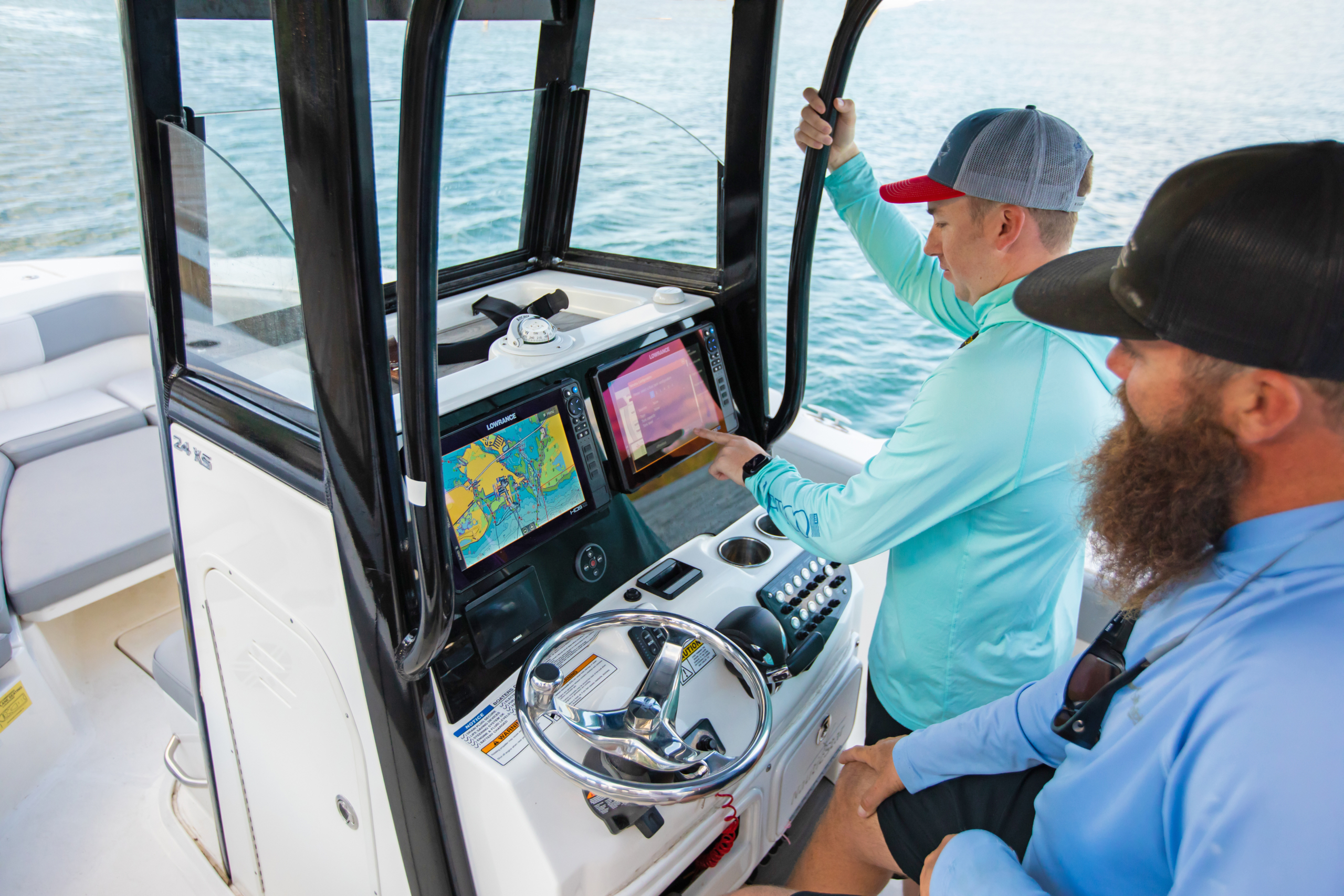
Superintendent Dan Duemmer, NSW Central Zone Commander, Marine Rescue NSW.
Heading offshore is a ‘rite of passage’ for most boaters, but it does come with increased and inherent risks.
- To have a fun and enjoyable trip, it is vitally important that you are well prepared before heading offshore. The key elements of offshore preparation outlined in this article are simple but can also be easily forgotten.
- Although each state and territory has its own regulations on what safety equipment must be carried, there are key items that are essential when heading offshore. Firstly, a suitable lifejacket – recommended to be worn at all times in open waters – flares, a V-sheet, at least two forms of communication (such as a VHF radio and a mobile phone), a first aid kit, and an EPIRB. There are plenty of other important items to carry, including a fire extinguisher and fresh water, so make sure you follow all local safety equipment requirements.
- In the unfortunate event that you find yourself in trouble offshore, don’t let that be the first time you think about what to do. Have a clear understanding of how you will respond when things don’t go to plan. Know your risks and ask yourself: who will I call, where is the nearest safe haven, wharf or boat ramp, how long will it take to get back, do I know how to use my first aid kit, how do I notify emergency services?
- Around 60 per cent of incidents that Marine Rescue NSW volunteers respond to are related to engine, battery or fuel issues – all of which are preventable with proper maintenance and planning. If you do find yourself in need of assistance, whether urgent or not, be sure you know how to ‘sound the alarm’.
- If you are offshore and have engine trouble, but the situation is calm, everyone on board is okay, and there is no immediate risk or urgency, your local Volunteer Marine Rescue unit should be contacted via VHF Channel 16 or directly by phone (if you don’t have this number, find it and save it). Make this call as soon as possible, as assistance may take time to arrive.
- If the situation is more serious – for example, if you require medical attention or have broken down and are drifting towards the shore or rocks – a Pan Pan call over VHF Channel 16 may be required.
- If it is an emergency and your vessel or people on board are in grave and imminent danger and require immediate assistance, a Mayday call on VHF Channel 16 should be made. If making a Mayday call, you should also consider activating your Emergency Position-Indicating Radio Beacon (EPIRB) and preparing other vital emergency equipment: get flares ready, display the V-sheet, and most importantly, ensure everyone on board is wearing a lifejacket. Don’t forget, if within range, you can also call Triple Zero (000) in Australia or 111 in New Zealand from your mobile phone.
- A Mayday or Pan Pan call over marine VHF radio is an international signal for immediate or urgent assistance. Broadcasting these calls over VHF Channel 16 ensures that all vessels monitoring the channel can hear your distress call and may be in a position to assist while emergency services respond.
- In NSW, logging on and logging off with Marine Rescue NSW – either via the Marine Rescue app or VHF Channel 16 – is free and could one day save your life.
Visit marinerescuensw.com.au
Adam Smith, President of the Boating Industry Association and Owner of Australian Boating College Sydney.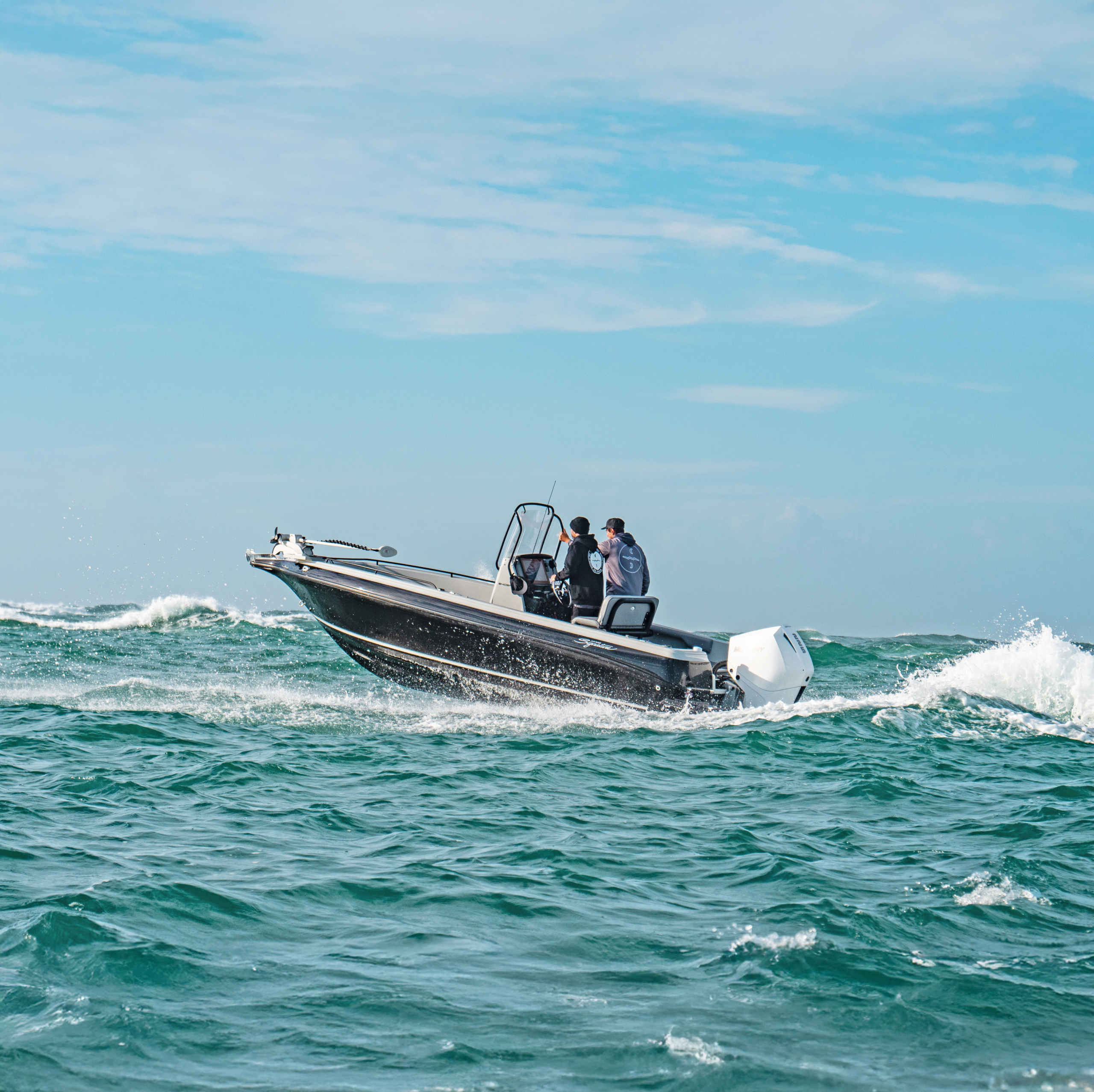
- Before heading out to sea, brief your guests on the trip’s destination, duration, and expectations. Ensure guests know where safety equipment is stored, what assistance you may need, and emergency procedures. It’s wise to have someone aboard who can take charge if you’re incapacitated, including stopping the vessel and calling for help. Keep instructions or a checklist accessible and inform your guests of their location.
- Know your boat and how it will handle the conditions. Understand that seaworthiness isn’t just down to length, width or weight of your vessel, but a combination of these factors and more. Use Deckee’s AI-powered estimator of your vessel’s suitability for the forecast conditions.
- Safety equipment laws may require you to carry sufficient drinking water for you and your guests. However, where possible, provision over the minimum requirements, and include some shelf-stable food with your water provisioning.
- When you’re out on your boat offshore, and even in enclosed waters, you’re a lot further away from medical help than you typically are on land. Being prepared for any medical events or emergencies on board is essential. State laws may not include a requirement to carry a first aid kit, or have any first aid training, but they will both provide peace of mind and confidence to deal with a medical situation on board. An AED (Automated External Defibrillator) may also be a great idea.
- Know your options for safe ports to shelter from conditions if the weather becomes worse than forecast. Understand that while one port may be closer, it may require you to travel further into poor conditions. It may be safer, or easier to turn around and head back the way you came to a safe port, running with the wind and waves, even if that port is further away.
- You may not be required to carry paper charts for offshore navigation by law in some jurisdictions, but they can be invaluable if you lose power or lose your electronic navigation equipment. As a precaution, regularly mark your position on the paper charts, in case you need to summon assistance, and you’ve lost your electronic navigation systems. If you prefer to keep it simple, you can use the What3Words app system to note your location. Most Marine Rescue organisations and emergency operators can decode your location from your What3Words information.
Visit abcboating.net.au and bia.org.au
